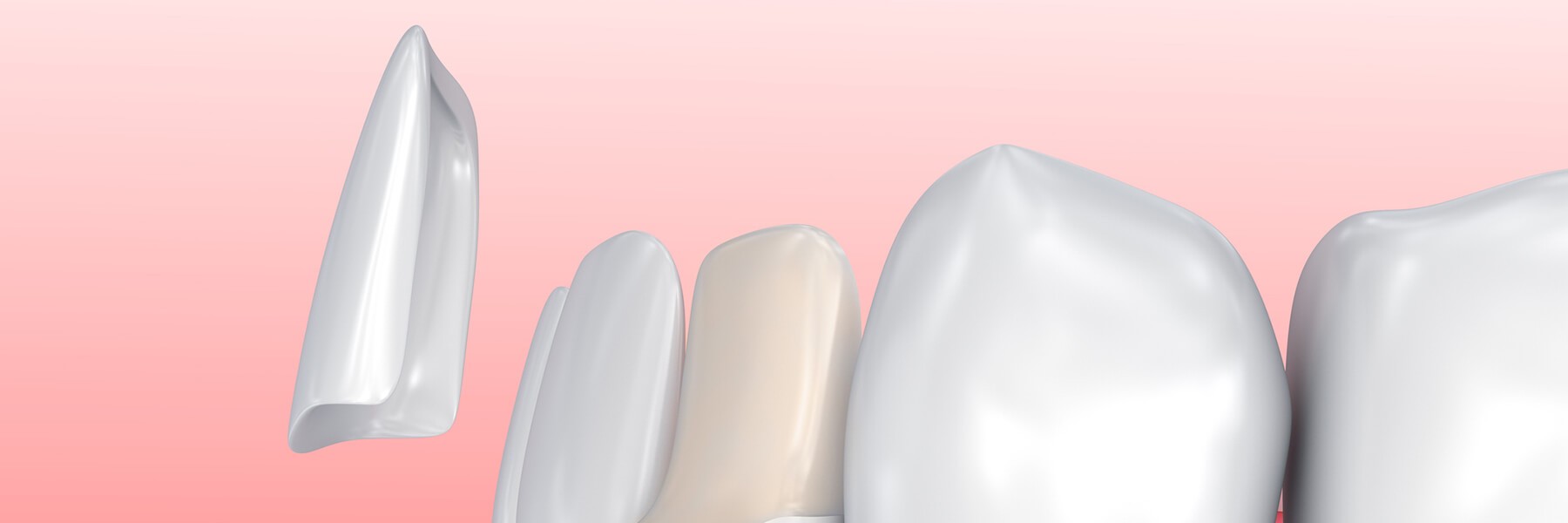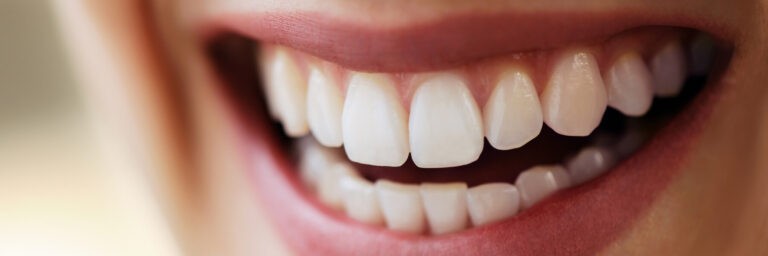Veneers

In dentistry, a veneer is a thin layer of restorative material placed over a tooth surface, either to improve the aesthetics of a tooth, or to protect a damaged tooth surface.
There are two main types of material used to fabricate a veneer, composite and dental porcelain. A composite veneer may be directly placed (built-up in the mouth), or indirectly fabricated by a dental technician in a dental laboratory, and later bonded to the tooth, typically using a resin cement such as Panavia. In contrast, a porcelain veneer may only be indirectly fabricated.
Veneers were invented by a California dentist named Charles Pincus. At the time, they fell off in a very short time as they were held on by denture adhesive. They were, however, useful for temporarily changing the appearance of actors’ teeth.
Today, with improved cements and bonding agents, they typically last 10-30 years. They may have to be replaced in this time due to cracking, leaking, chipping, discoloration, decay, shrinkage of the gum line and damage from injury or tooth grinding. The cost of veneers can vary depending on the experience and location of the dentist. Porcelain veneers are more durable and less likely to stain than veneers made of composite.
Indications:
Veneers are an important tool for the cosmetic dentist. A dentist may use one veneer to restore a single tooth that may have been fractured or discolored, or multiple teeth to create a “Hollywood” type of makeover. Many people have small teeth resulting in spaces that may not be easily closed by orthodontics.
Some people have worn away the edges of their teeth resulting in a prematurely aged appearance, while others may have malpositioned teeth that appear crooked. Multiple veneers can close these spaces, lengthen teeth that have been shortened by wear, provide a uniform color, shape, and symmetry, and make the teeth appear straight.






